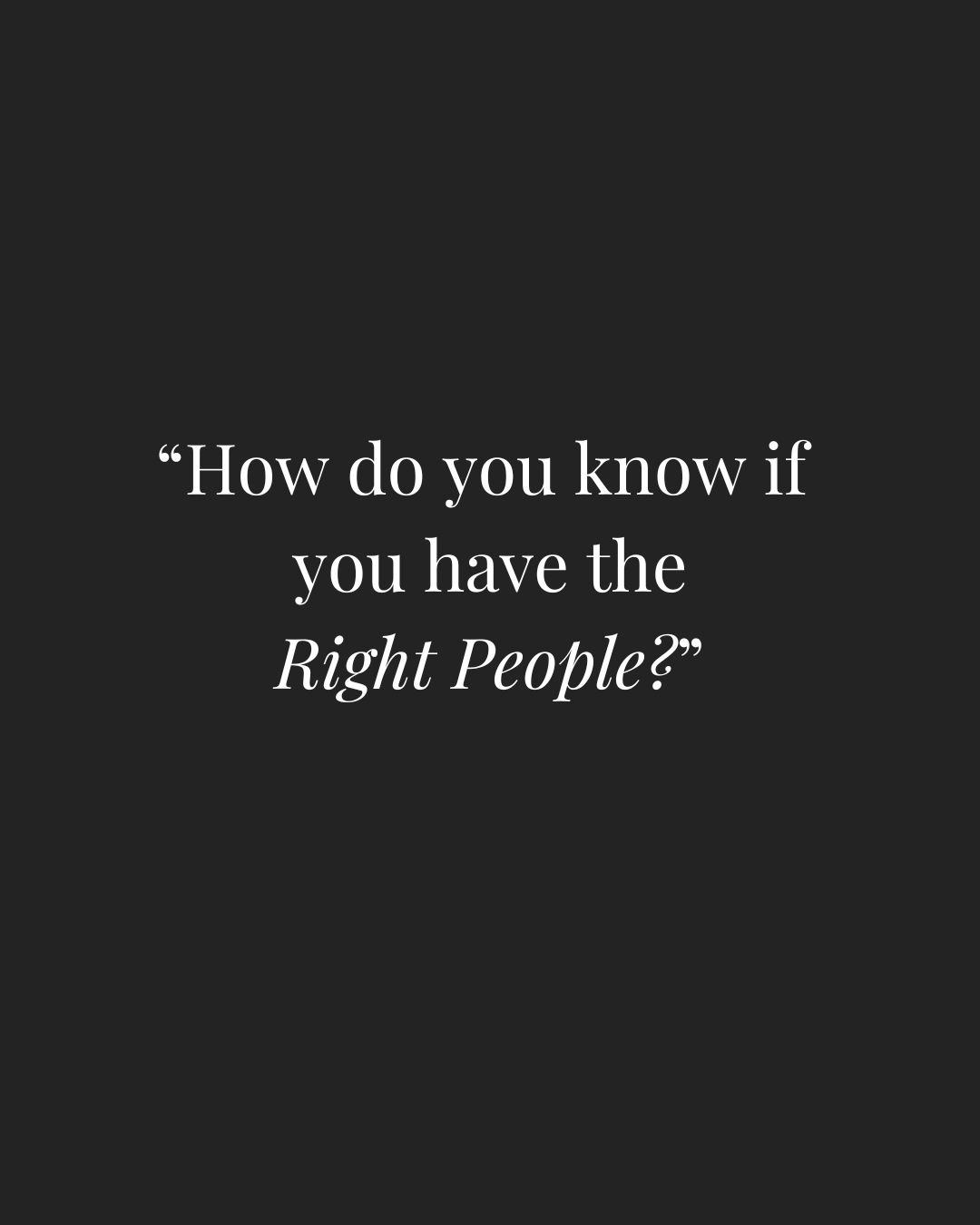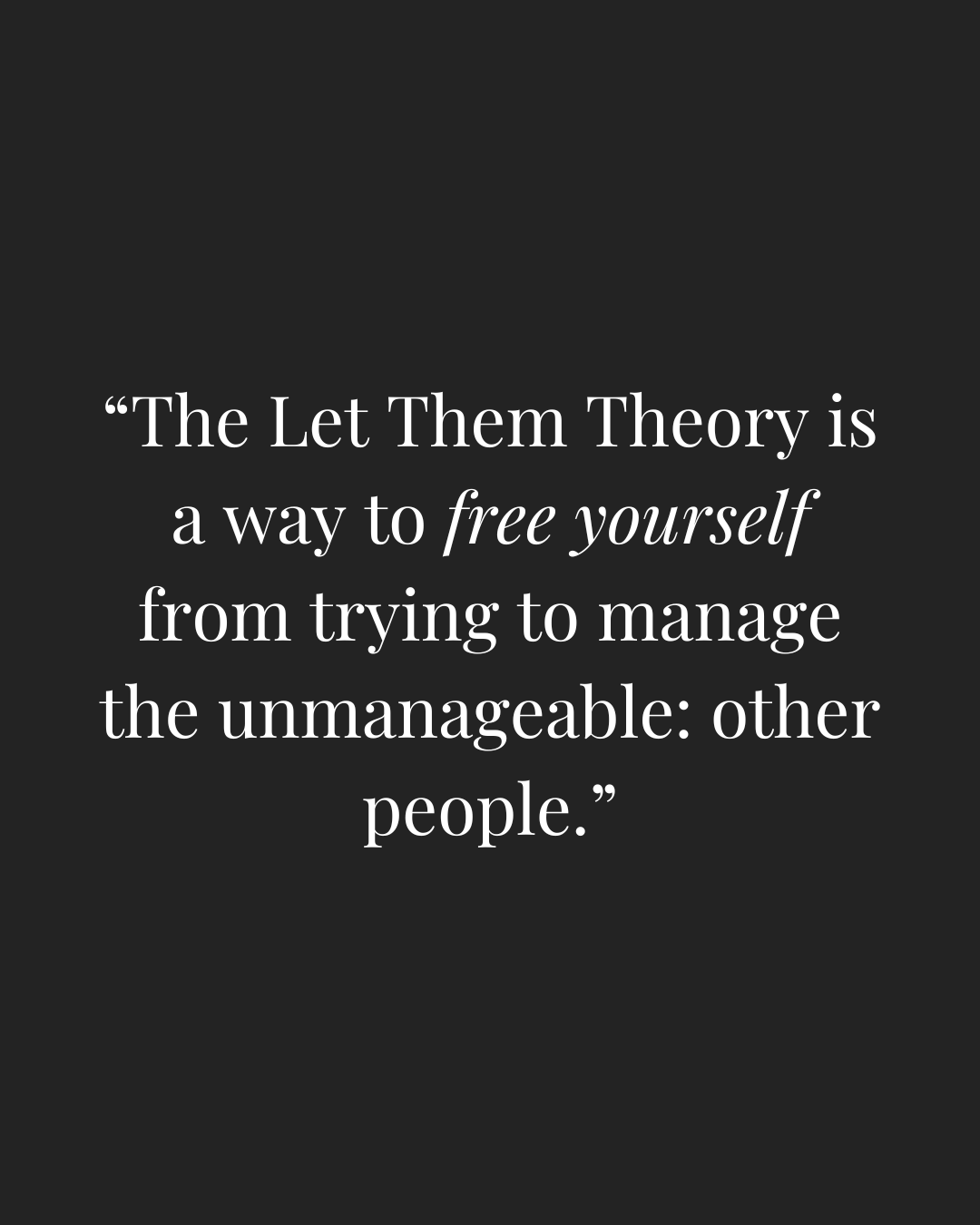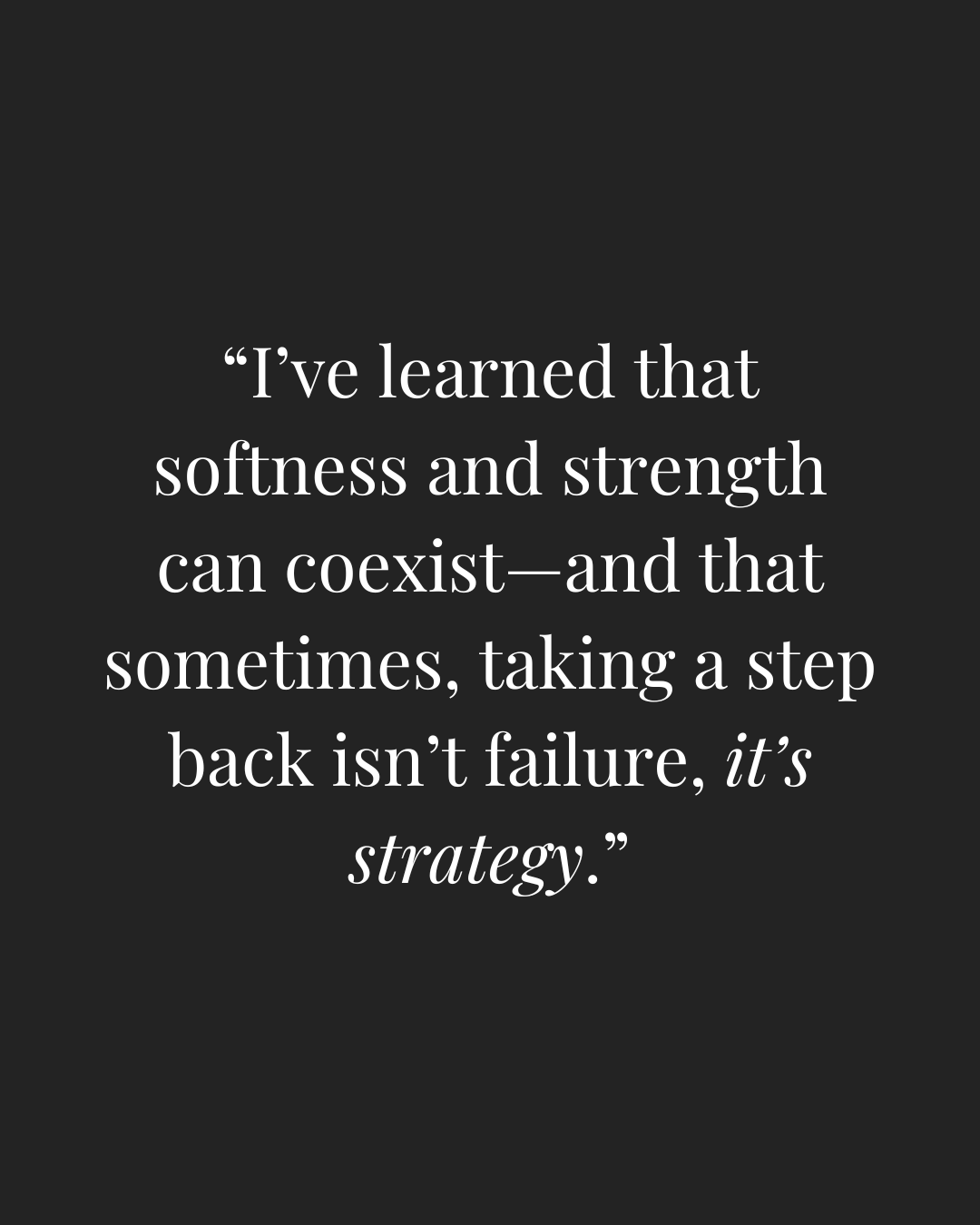I’ll be the first to admit—before EOS, I was spinning my wheels. I had reached a point in my business where I truly didn’t think I could keep going. Sure, there were the obvious stressors: upset owners, residents threatening lawsuits, and the never-ending chaos that comes with being a new property management business owner.
But those weren’t the things that kept me up at night. The real stress came from managing my team.
I thought I was doing everything right. I was always available. I was lenient. I was understanding when mistakes happened. But no matter what I did, I couldn’t seem to make everyone happy. There were more moments than I’d like to admit where:
- Team members were arguing
- People couldn’t get on the same page
- There was blatant rudeness toward each other
- And, at times, a complete lack of respect toward me
It was exhausting. At the time, I didn’t think I had the wrong people.
They showed up. They did the job. And I told myself, “That’s 80% of the battle… right?”
Oh, boy—was I wrong. It wasn’t until I discovered EOS and really dove into the People component that I had a wake-up call. Through a lot of painful reflection and honest conversations, I had to face the truth:
👉 The problem was me.
I had allowed the friction. I had kept the wrong people too long. I had no structure for accountability.
On a 6-person team, I had four people with a “manager” title. At the time, I thought it made sense. Until I found the Accountability Chart—and everything changed.
Fast forward to today:
I’ve spent several years obsessing over and refining our Accountability Chart. It’s fluid (as it should be), and it evolves as our company grows.
In this post, I’m breaking down:
- What the Accountability Chart is
- How I use it in my business
- And the biggest lessons I’ve learned from building it
What is the Accountability Chart?
To me, the Accountability Chart is like that first cup of coffee in the morning — soothing, calming, and sets the tone for a great day ahead.
It’s very different from a traditional organizational chart. An org chart simply shows the hierarchy of a company — who reports to whom, with job titles and names — but it doesn’t really do much beyond that. The Accountability Chart, on the other hand, lets you focus on the structure of your business first. Then, you fill the “seats” with the right people.
Throughout the entire People component of EOS, the goal is clear: get the right people in the right seats. The Accountability Chart is a key tool to help you do that. It outlines each role and the specific functions that person is responsible for. The rule?
- One person can hold multiple seats.
- But you can’t have multiple people in the same seat.
Each person should fully own the functions they’re accountable for.
How do you know if you have the “right people?”
The right people are those who align with your company’s core values and who GWC—Get it, Want it, and have the Capacity to do the job for the seat they’re in. There is a great tool for this as well – The People Analyzer. We will dive deeper into this in another post.
The Role the Accountability Chart Plays in My Business
Whenever I feel a shift happening—whether it’s reaching the next level in my business, bringing on a new team member, or simply checking that no one on my team is maxed out—I revisit the Accountability Chart. I’m not joking when I say I’ve probably made 20+ revisions in the past two years. And that’s okay.
Since discovering the Accountability Chart, my goal has been to build a structure that truly works for my business. In property management, there are many ways to organize a company. For us, we operate departmentally.
We’re currently managing a little over 300 properties—a modest size—with plans to grow. That means I needed a structure that could scale with us. What I didn’t want was to hire a new team member for every 20-50 doors we added. I wanted to keep the team lean, with the right seats covering the major functions needed to hit our goals.
After many iterations, I landed on a structure that feels authentic to our business and clearly defines roles within each department. Because we do more than just property management—we also handle brokerage sales—I needed a structure that supports all our services without overloading any one seat or department with too much responsibility.
Through those many versions of the Accountability Chart, we finally landed on a setup that feels solid and sustainable. So, what role does the Accountability Chart play in my business?
It’s my personnel blueprint. It shows me who is accountable for what and helps keep my team on track. When something breaks down, I go straight to the chart to diagnose the issue. Here’s what I look for:
- Is it a people issue?
Am I hearing multiple complaints about the same person? If yes, I need to determine if their role isn’t a good fit or if they’re the wrong person for the seat. - Are things slipping through the cracks?
If so, where? For example, is the accounting team slow on check processing? If yes, is it a capacity problem or something else? - Do I have all core processes covered?
If there’s a process breakdown, have I missed assigning accountability to someone?
The Accountability Chart keeps me clear, focused, and able to act quickly if I have a people, capacity or accountability issue.
Biggest Lessons Learned
If we aren’t learning from our mistakes, how can we expect anything to change?
Here are some of my biggest lessons learned:
1. Don’t create a seat just because you like someone, they’re family, or you’re too scared to let them go.
I’ve done this more times than I can count, and it never really works out. You’re just delaying the inevitable. If you no longer have a seat available, or someone has been through multiple roles and still isn’t thriving, it’s probably not a seat issue—it’s a people issue. Let them go and move on.
2. Avoid putting one person in two seats—unless it’s leadership (and even then, be careful).
I’ve tried every version of this, and it just doesn’t work. One role always ends up getting more attention, and when you eventually have to remove them from a seat, there is always a period of tension. Save yourself the drama. If needed, step into that seat yourself temporarily or break apart the duties and delegate them to team members who can absorb them.
3. Use the accountability chart to write job descriptions.
This was a game-changer for me. I used to write job descriptions that didn’t always match up with the seat’s responsibilities on the accountability chart. Now I start with the chart—what I truly need from that role—and use it to craft the job description. That way, everything stays aligned and there are no surprises when the new team member sees the chart.
4. Don’t ask for everyone’s opinion.
This one’s tough, I know—but I’ve learned the hard way that only I know what’s best for my company. In the past, I’ve let too many opinions sway my decisions. For example, I once promoted our office assistant to leasing agent and needed to hire another front desk person. But I let the team convince me we didn’t need to fill that spot. There was constant confusion about who’s answering phones, greeting visitors, or handling office tasks. It “worked,” but it never felt right—and deep down, I always knew it.
5. Make changes slowly and intentionally.
It’s tempting to react quickly when someone steps down from a role or quits unexpectedly—but don’t let one or two disruptions push you into a full chart overhaul. Fill what you need to stabilize the team first. Then, when it’s time to adjust responsibilities, do so thoughtfully and empathetically. Slow, intentional changes create less chaos and more buy-in.
Let the Tools Work for You
As with any tool — and there are many out there, not just through EOS — my best advice, from someone still very much in the trenches, is this: Whatever system, software, or framework you’ve committed to using in your business, use it to its full potential. Master it. Learn from it. Study it. Don’t just use it halfway or randomly. These tools are designed to help you — so let them.






